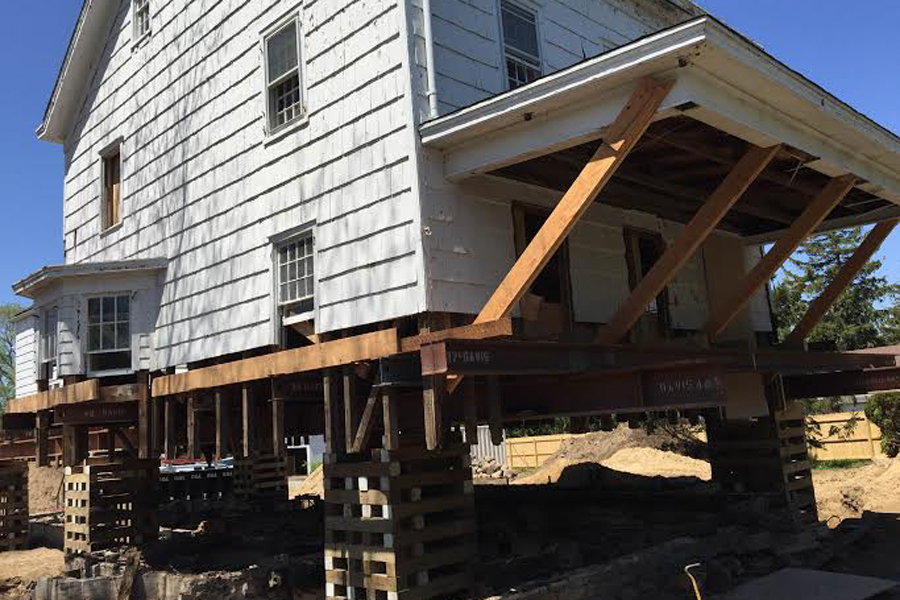Southampton Historical Museum Finds Buyer for George White House

Southampton Historical Museum has finally sold the Captain George White House, a historic Southampton Village site that the museum was given in 2008.
Located on the northwest corner of North Main Street and Jagger Lane, the property now belongs to a private buyer who agreed to maintain the historic integrity of the house and 1-acre property.
Madeline White, the great-granddaughter-in-law of Captain George White, left the house to the museum in her will. The bequest had no restrictions—meaning the museum was free to use the building for any purpose, or to cash in on the valuable property. Museum officials considered it their duty to ensure that the significant historic aspects of the structure be preserved. The museum put the house up for sale—Corcoran real estate agent and museum trustee Kate Milligan listed the house, waiving her fee—for $2.95 million, but with a number of covenants to ensure future owners would not change the façade. These restrictions brought down the amount of money the museum could hope to receive for the property. Ultimately, the museum settled for half the appraised value.
Southampton Historical Museum executive director Tom Edmonds said the museum held out for the proper buyer—and finally found one.
“It was a perfect match,” he said, “but it took seven long years to find somebody.”
The building will remain a single-family residence, which museum officials find to be ideal. Because the property is in the village business district, it possibly could have been turned into an office or another commercial use.
“We had many offers,” Edmonds said. “We could have walked away with a lot more money but we wanted to save the legacy of Captain George White. He saved Southampton from becoming like Atlantic City.”
Captain White’s story only came to light after the museum assumed ownership of the house and began to research its past residents. Edmonds explained that the captain is most notable for his 20-year legal battle to protect Southampton Village from oceanfront development and commercialization. The beaches could have been privatized with oyster factories and casinos and the beach road could have been lost to the farmers who relied on it to transport their vegetables from village to village.
“George White was a man of the people,” Edmonds said, adding that he protected the livelihood of fishermen and was loved by the late 19th century Summer Colony. “They wanted to come to a beautiful village with beaches.”
The oldest part of the house dates back to 1707. Captain White added the Greek Revival portion to the front of the building in 1850.
The historic covenants ensure that the view will never be shielded by fences or hedges. “The southeast corner had to be visible from the street, just as it always was,” Edmonds noted. “We wanted to retain that neighborhood feel.”
Only a very small amount of additional square footage may be built. No covenants apply to the interior of the house, which Edmonds said was previously compromised.
The new owner has agreed to place a plaque on the property commemorating Captain White, Edmonds said the museum will serve as watchdogs of the Captain George White House in perpetuity.



